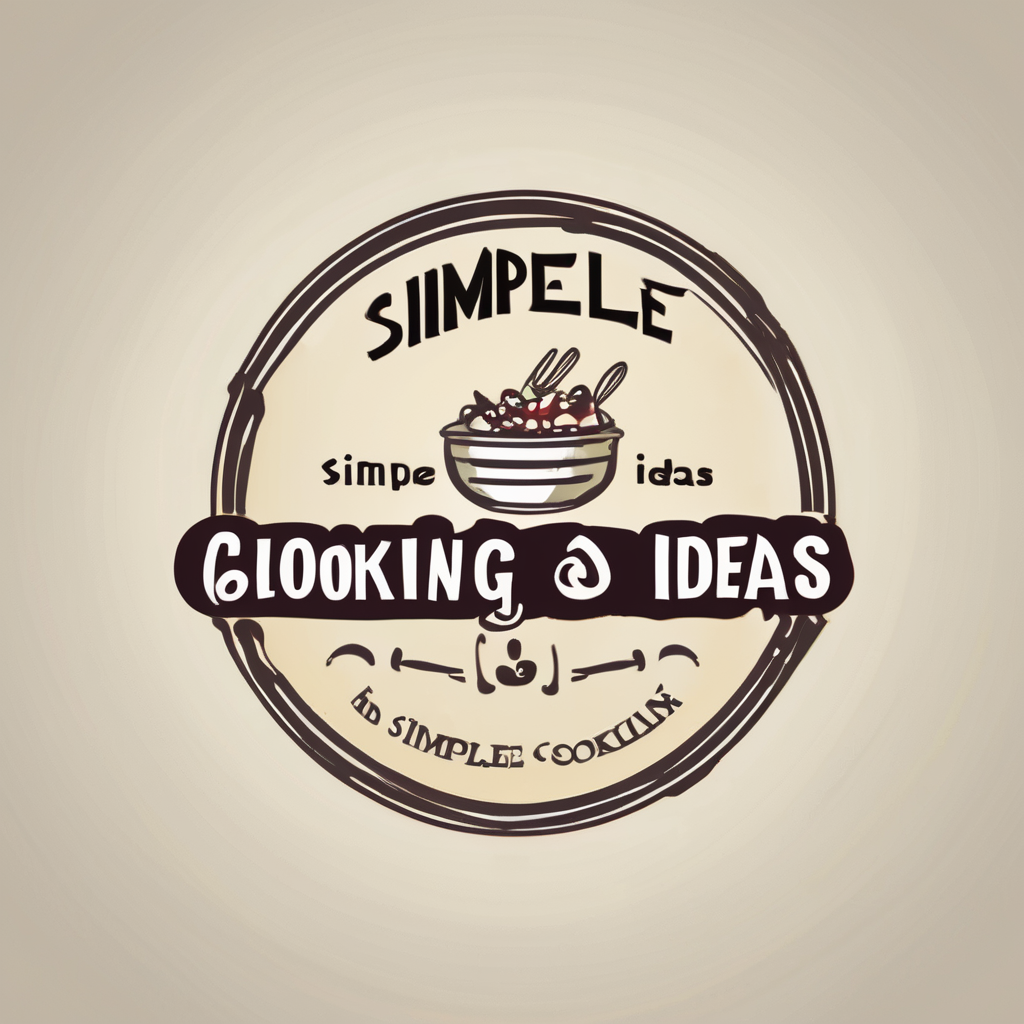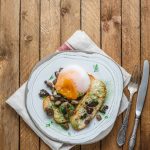Top 5 Resilient Materials for Kitchen Drawer Interiors in Humid Climates
When it comes to designing a kitchen, especially in humid climates, the choice of materials for your kitchen drawers is crucial. The right materials can ensure your kitchen remains functional, stylish, and durable over the long term. Here, we’ll explore the top 5 resilient materials that are perfect for kitchen drawer interiors in humid environments.
Understanding the Challenges of Humid Climates
Before diving into the materials, it’s essential to understand the challenges posed by humid climates. High moisture levels can lead to warping, rotting, and the growth of mold and mildew on traditional materials. This makes it imperative to select materials that are moisture-resistant and durable.
Have you seen this : Transform your culinary experience: how non-stick cookware can reduce fat consumption at home
1. Phenolic Plywood: The Ultimate Moisture-Resistant Choice
Phenolic plywood stands out as a top choice for kitchen drawer interiors in humid climates due to its exceptional moisture resistance and durability.
Advantages of Phenolic Plywood
- Moisture Resistance: Phenolic plywood is coated with a synthetic resin that repels water and moisture effectively, making it ideal for humid environments.
- Durability: The material is highly resistant to cracks, scratches, and splitting, ensuring it remains intact over time.
- Fire Resistance: The phenolic resin coating also provides some degree of fire resistance, enhancing safety in the home.
- Hygiene: Phenolic plywood naturally repels bacteria, fungi, and mildew, making it a hygienic choice for kitchens.
Practical Use
Phenolic plywood is not only durable but also versatile. It can be used for various applications beyond kitchen drawers, such as countertops, flooring, and even laboratory fixtures. For kitchen drawers, it provides a smooth, easy-to-clean surface that can withstand the humid conditions.
Also to discover : Transform your culinary experience: how non-stick cookware can reduce fat consumption at home
2. Solid Wood: A Timeless and Resilient Option
Solid wood is a classic choice for kitchen cabinets and drawers, and when properly treated, it can be highly resilient in humid climates.
Types of Solid Wood
- Teak: Known for its natural oil content, teak is highly resistant to moisture and can be used outdoors as well as indoors.
- Oak: A popular choice for its strength and durability, oak can be stained to enhance its moisture resistance.
- Maple: Maple wood is dense and less prone to warping, making it a good option for humid environments.
Maintenance Tips
To keep solid wood drawers resilient in humid climates:
- Regularly apply a wood sealant to protect against moisture.
- Ensure good ventilation in the kitchen to reduce humidity levels.
- Avoid exposing the wood to direct sunlight or extreme temperatures.
3. Medium-Density Fiberboard (MDF) with Special Coatings
MDF is an engineered wood product that, when combined with special coatings, can become a viable option for kitchen drawers in humid climates.
Advantages of MDF
- Cost-Effective: MDF is generally more affordable than solid wood or phenolic plywood.
- Smooth Finish: MDF provides a smooth surface that is easy to paint or laminate.
- Eco-Friendly: MDF is made from recycled wood fibers, making it an environmentally friendly choice.
Special Coatings
To enhance the moisture resistance of MDF:
- Apply a water-resistant laminate or melamine coating.
- Use a moisture-resistant adhesive during the manufacturing process.
- Treat the MDF with a waterproof sealant before installation.
Example
Designer Susannah Charbin used MDF with a special laminate coating in her Long Island home to create a minimalist kitchen that is both stylish and functional, even in a humid climate.
4. Stainless Steel: The Ultimate in Durability and Ease of Cleaning
Stainless steel is a modern and highly durable material that is perfect for kitchen drawers in humid climates.
Advantages of Stainless Steel
- High Durability: Stainless steel is resistant to corrosion, scratches, and warping.
- Easy to Clean: The smooth surface of stainless steel makes it easy to clean and maintain.
- Hygienic: Stainless steel is non-porous and resistant to bacteria and fungi.
Design Ideas
- Use stainless steel for the entire drawer interior or combine it with other materials for a mixed look.
- Incorporate stainless steel hardware to match the drawer interiors and enhance the overall design.
Example
John Michael stainless steel outdoor cabinetry, while designed for outdoor use, can also be adapted for indoor kitchen drawers, offering superb design and customer service.
5. Laminate and Melamine-Coated Materials
Laminate and melamine-coated materials are cost-effective and highly resistant to moisture, making them excellent choices for kitchen drawers.
Advantages
- Moisture Resistance: Laminate and melamine coatings provide a protective layer against moisture.
- Easy to Clean: These materials have a smooth surface that is easy to clean and maintain.
- Affordability: They are generally less expensive than solid wood or phenolic plywood.
Practical Use
- Use laminate or melamine-coated MDF or plywood for the drawer interiors.
- Choose from a variety of colors and patterns to match your kitchen design.
Example
Designer Kit Kemp used colorful laminate coatings on her kitchen cabinets to add brightness and whimsy to the space, while also ensuring the cabinets are resistant to the humid climate.
Comparative Table: Resilient Materials for Kitchen Drawers
| Material | Moisture Resistance | Durability | Ease of Cleaning | Cost | Eco-Friendly |
|---|---|---|---|---|---|
| Phenolic Plywood | High | High | Easy | High | No |
| Solid Wood | Medium to High | High | Medium | Medium to High | Yes |
| MDF with Coatings | Medium | Medium | Easy | Low to Medium | Yes |
| Stainless Steel | High | High | Easy | High | No |
| Laminate/Melamine | High | Medium | Easy | Low to Medium | No |
Choosing the right material for your kitchen drawer interiors in a humid climate is crucial for maintaining the functionality and aesthetic appeal of your kitchen. Whether you opt for the durability of phenolic plywood, the timeless charm of solid wood, the cost-effectiveness of MDF with special coatings, the modern sleekness of stainless steel, or the practicality of laminate and melamine-coated materials, each option offers unique benefits.
Final Tips
- Consult a Professional: Before making a final decision, consult with a designer or contractor to ensure the material you choose aligns with your specific needs and climate.
- Regular Maintenance: Regardless of the material chosen, regular maintenance is key to extending the life of your kitchen drawers.
- Consider the Overall Design: Ensure the material you choose complements the overall design of your kitchen, enhancing both its functionality and aesthetic appeal.
By selecting one of these resilient materials and following these tips, you can create a kitchen that is not only beautiful but also durable and functional, even in the most humid of climates.






